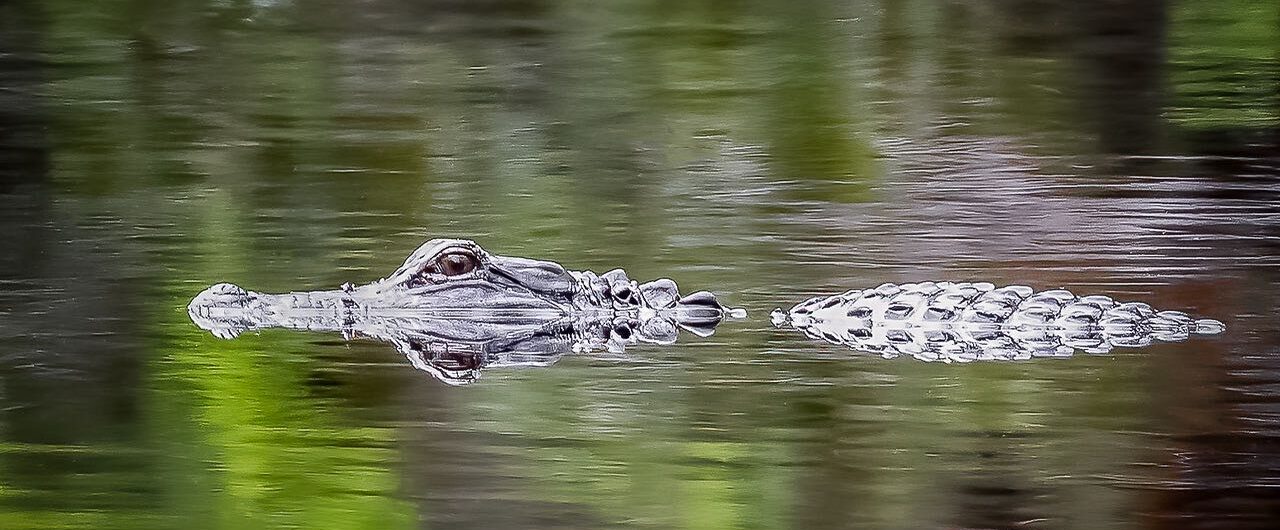
There’s a reason people flock to northeast Florida in the wintertime. With average high temperatures in the 60’s and low’s rarely dipping below 40, our winters are mild and comfortable – for all. That includes wildlife! Our barrier island is home to many members of the animal kingdom that enjoy living here year-round and a “pit stop” for some that just come for a visit on their way elsewhere.
LAND
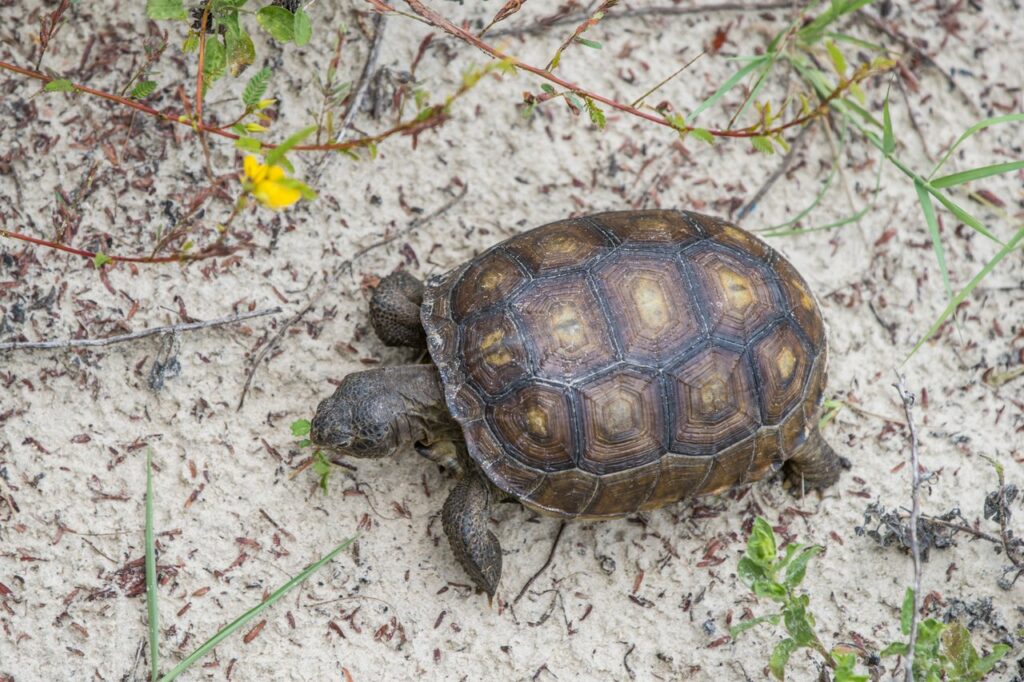
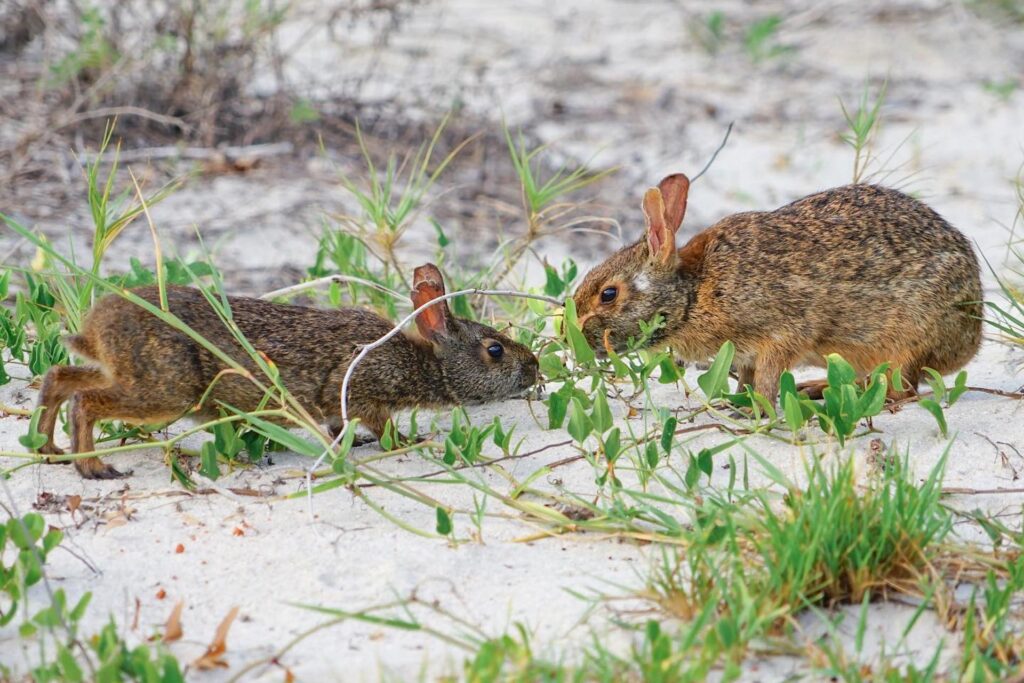
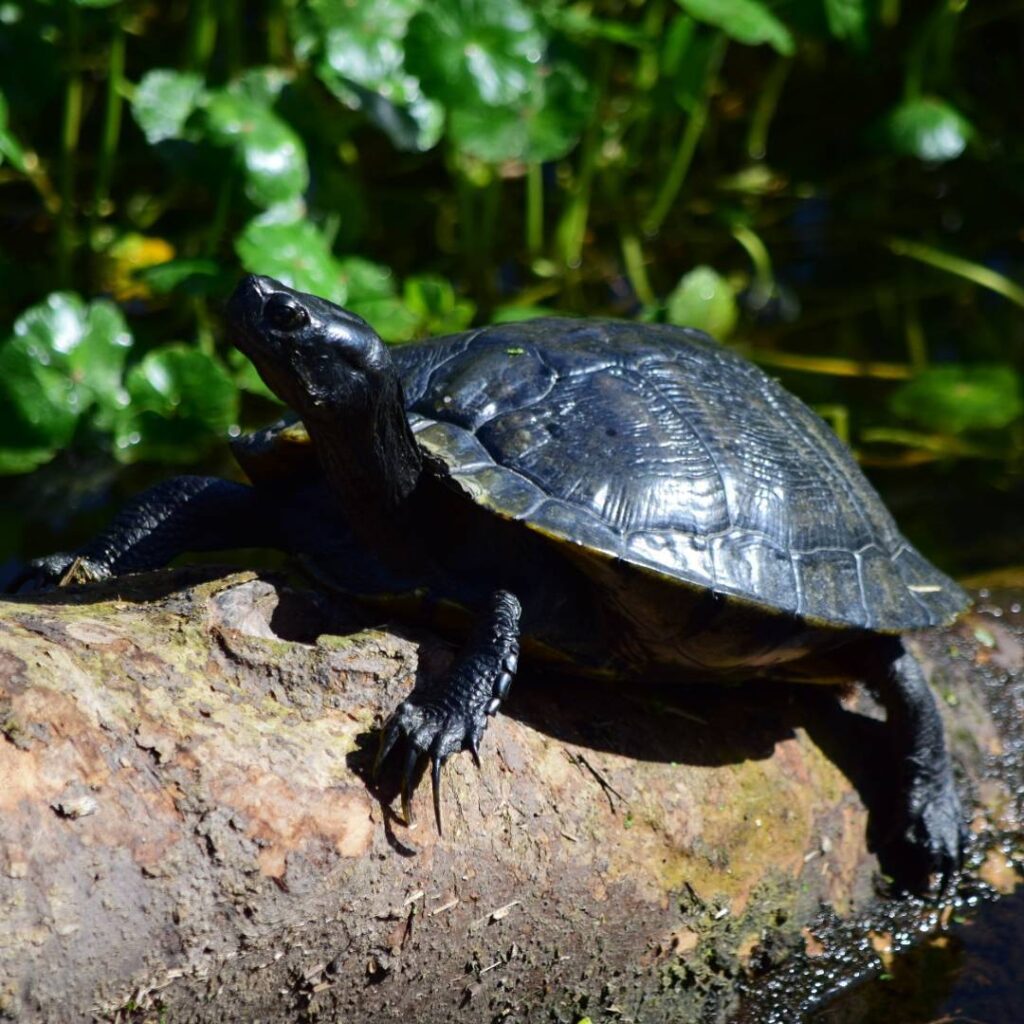
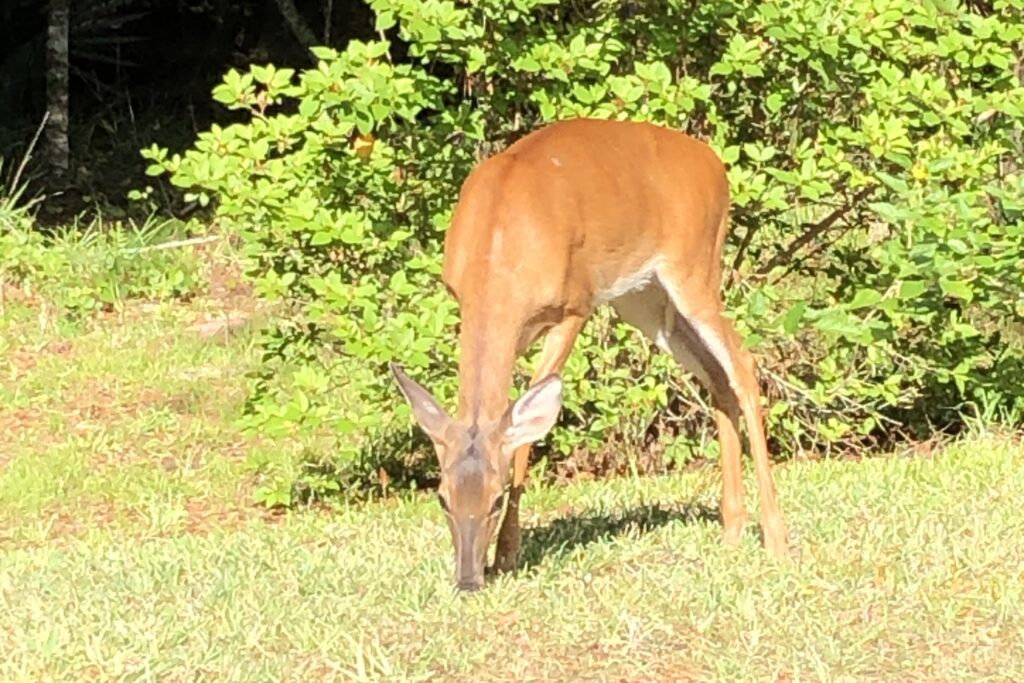
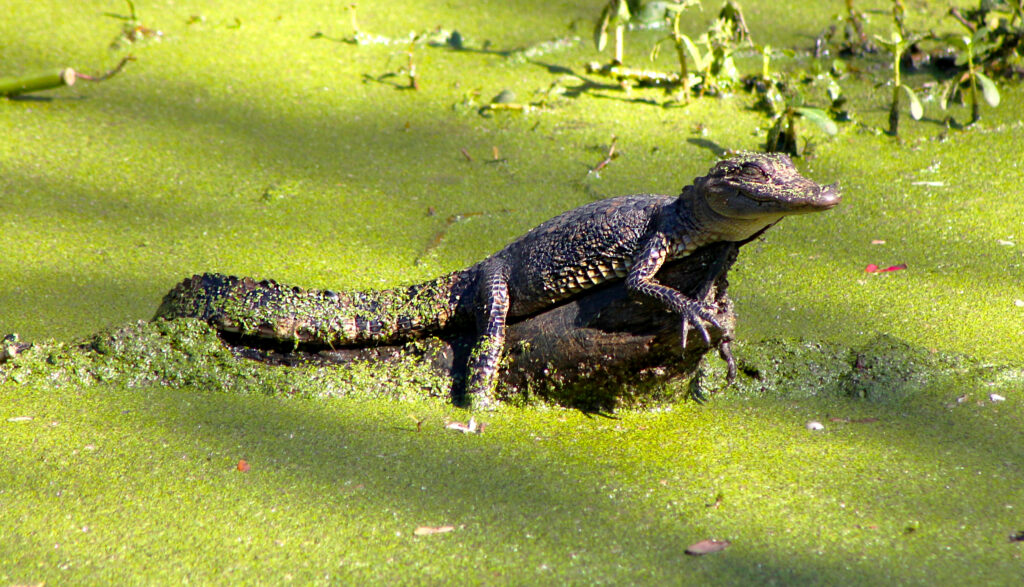
Amelia Island’s pristine landscape comes alive in winter with an array of wildlife, each contributing to the island’s rich biodiversity. Gopher Tortoises, unlike their seafaring cousins, are land-dwelling reptiles that can be found typically sunning themselves in the dunes by the beach or roaming the pine forests munching on grasses, leaves and berries. They oftentimes play second fiddle to the seafaring Loggerhead turtle but are just as important to our ecosystem and their numbers are dwindling. In Fort Clinch State Park, white-tailed deer are a familiar sight, casually grazing along roadsides, sipping from puddles, and foraging for acorns – while nocturnal creatures like coyotes, foxes, and bobcats are mostly elusive often staying concealed in woodlands or natural habitats (although rare daytime sightings have been reported, too!) Egans Creek Greenway, a haven for wildlife observation, offers glimpses of all of these animals as well as alligators that gracefully swim and sun themselves along the banks of Egans creek.
AIR
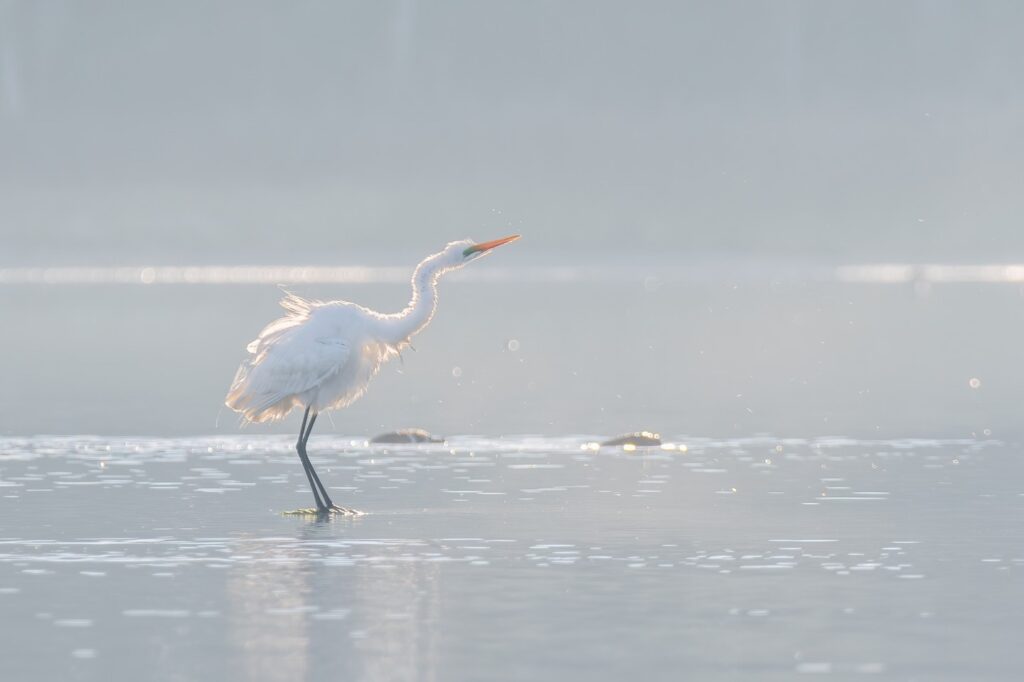
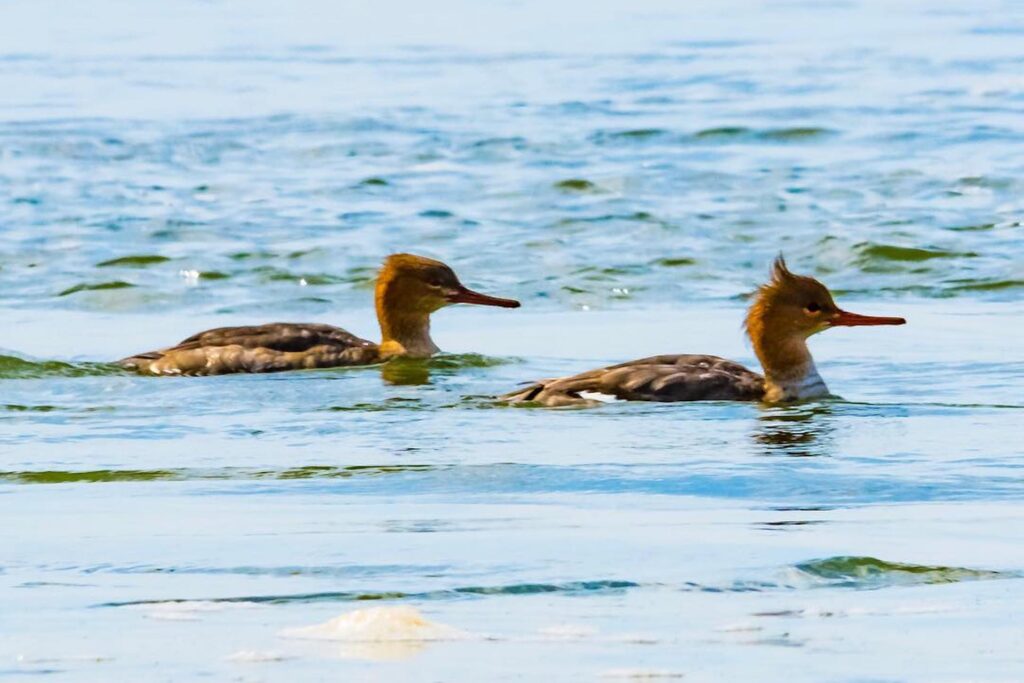
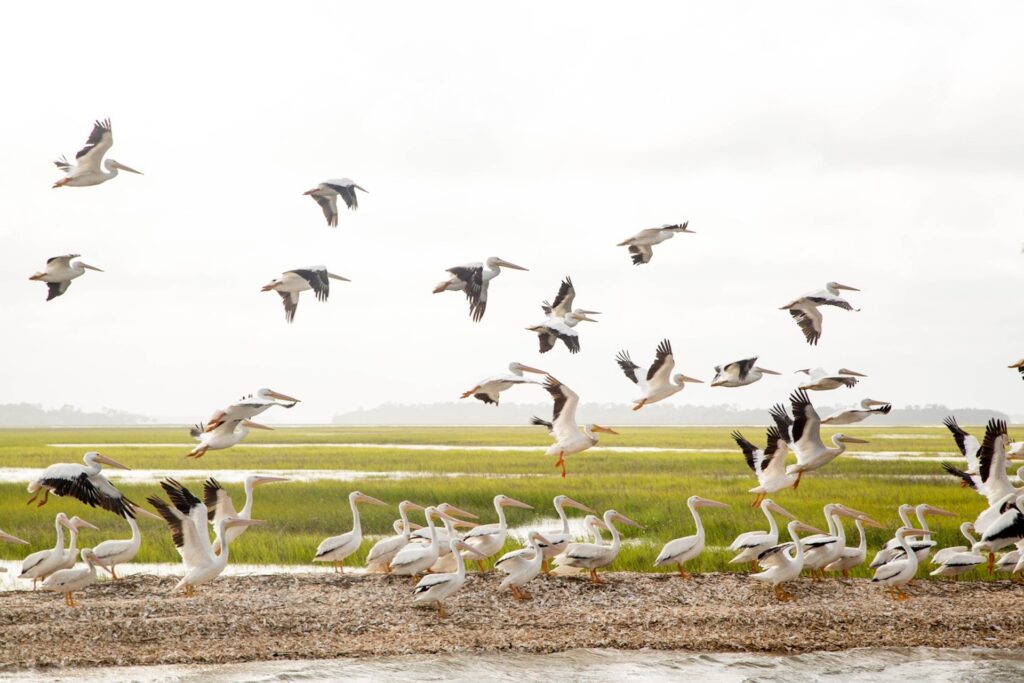
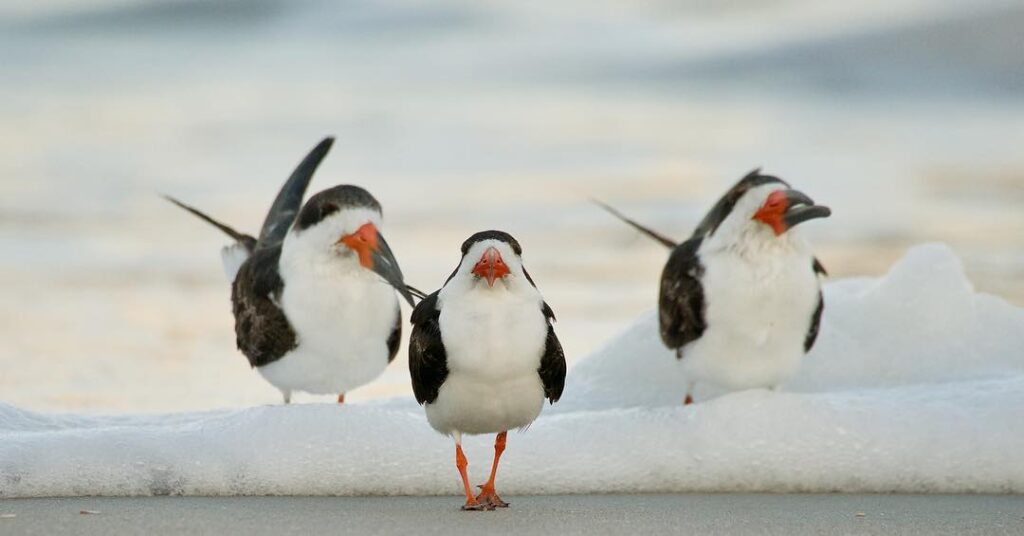
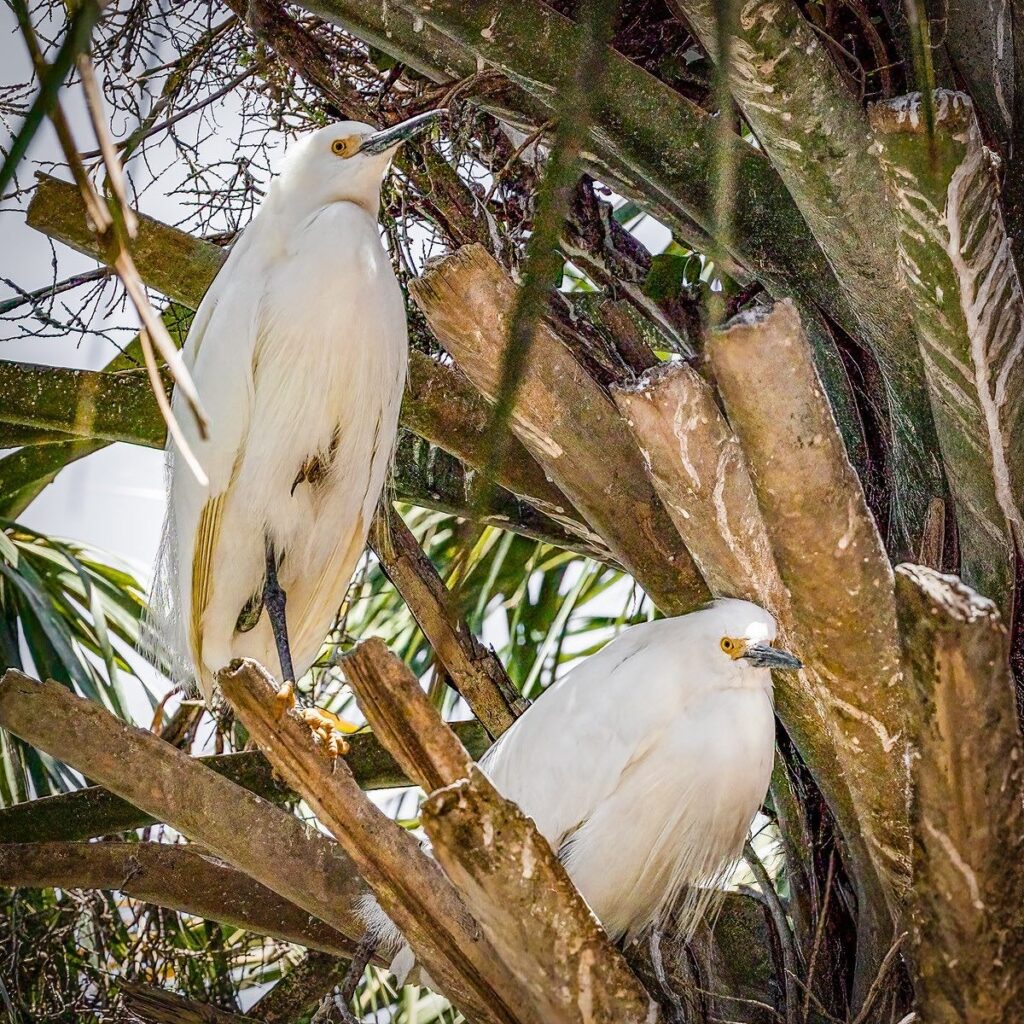
Amelia Island becomes a winter refuge for many migratory birds, offering a delight for birdwatchers during the colder months. More than 300 species of birds pass through or breed on or around Amelia Island. It’s a birders paradise! Grab your binoculars, camera or cell phone and set out to get a glimpse of these feathered friends we share the island with. From hummingbirds to eagles, a variety of species find comfort in the state’s warmer temperatures and abundant food sources. Fort Clinch State Park becomes a haven for Black Skimmers, roosting near the jetty base while shorebirds and ducks flock to the open waterways enjoying the temperate climate and year-round availability of food. With the ground remaining unfrozen, songbirds and raptors such as warblers, hawks, cardinals, wrens, blue jays, woodpeckers, thrashers, and many others find ample worms and insects to sustain them. Keep a watchful eye on ponds and waterways for the always elegant American Avocets and all of the “waders” (heron, crane, egret) that gracefully meander the banks. Refer to the Great Backyard Bird Count for more info!
SEA
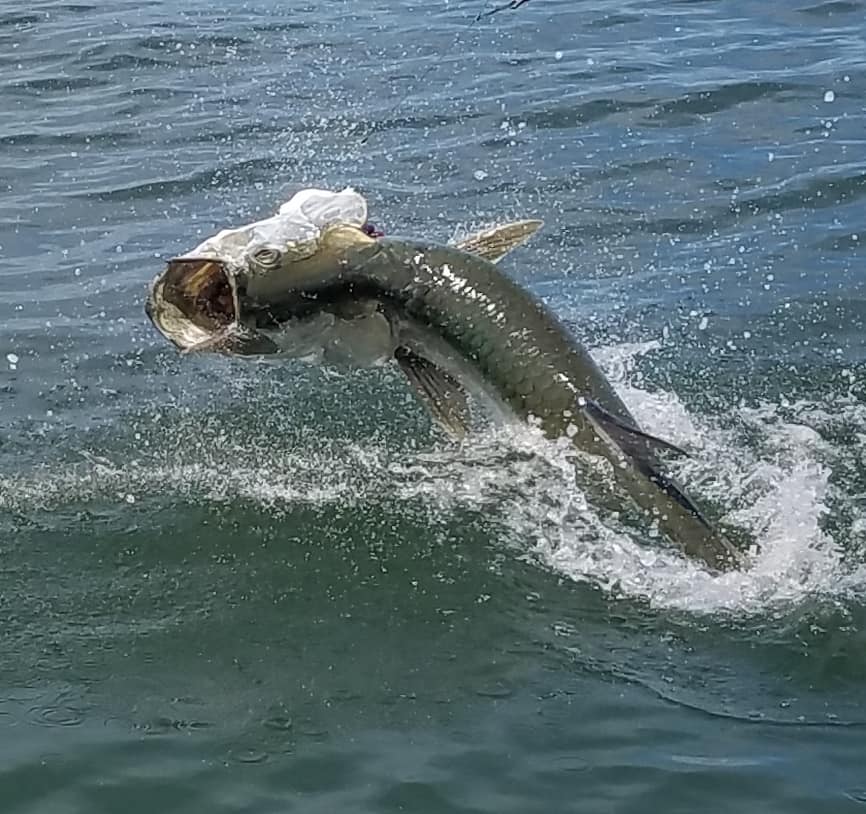
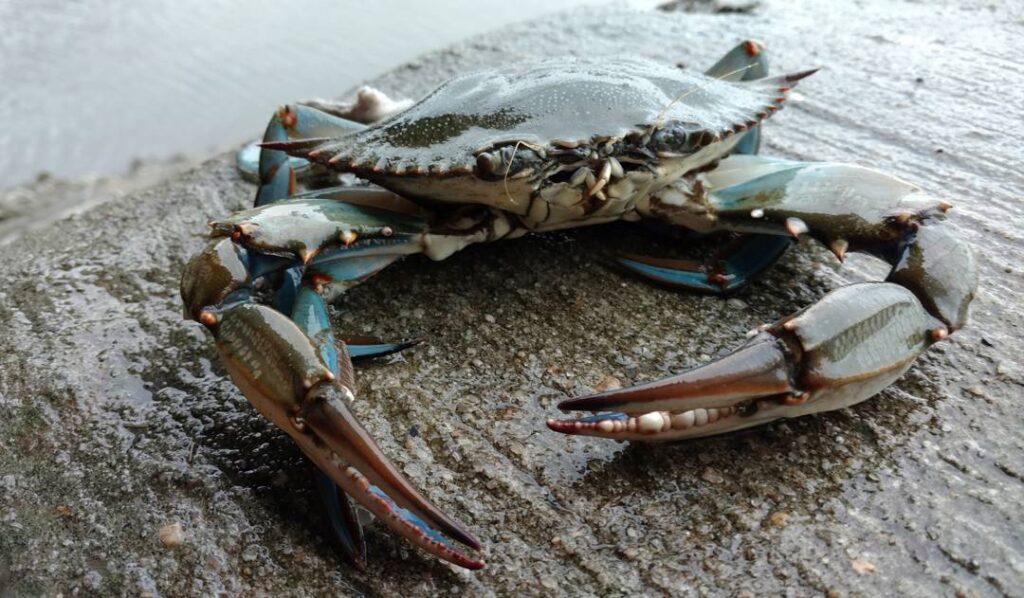
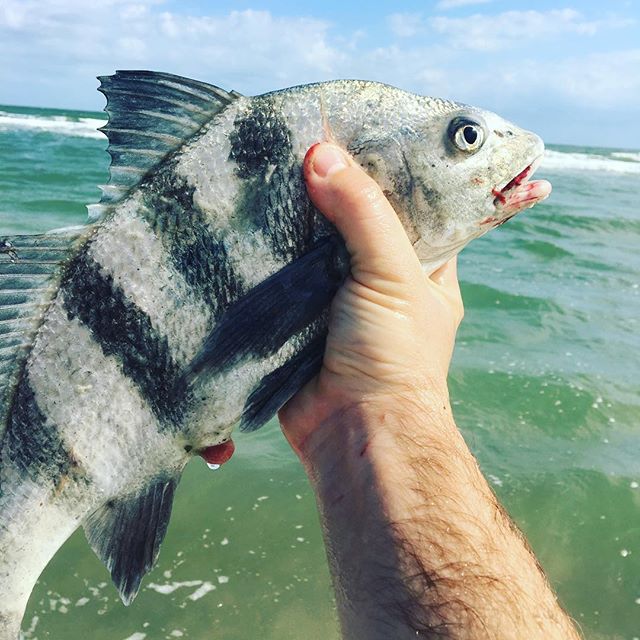

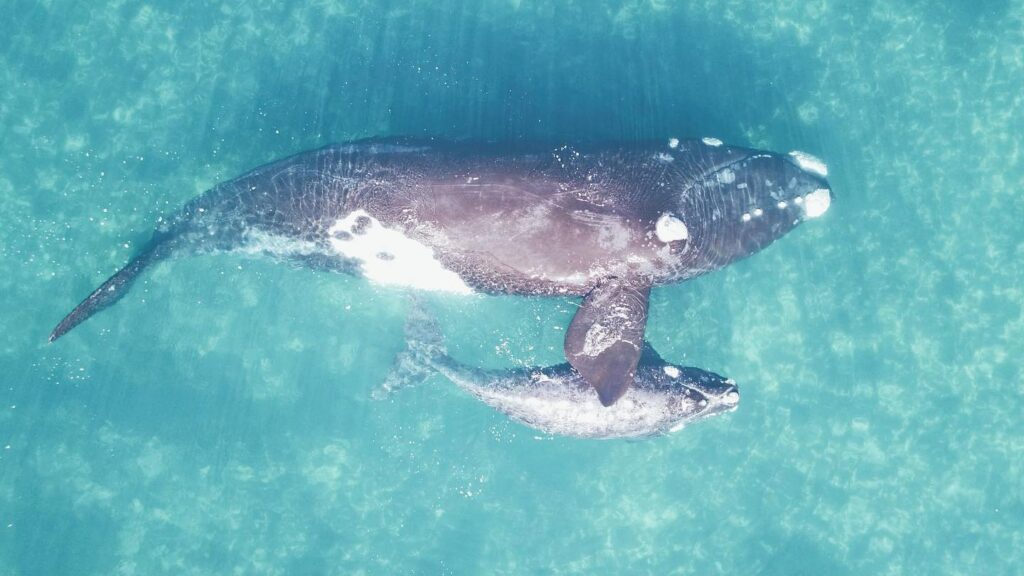
Winter brings a diverse array of sea life for those intrigued by the marine wonders gracing our coastal waters. Beginning in November and December, keep your eyes peeled off the coastline for the return of the Northern Right Whale that travels to our warmer waters to give birth to and nurse their young. We even have an entire festival dedicated to this warm-blooded mammal (November, 2025 date TBA) to celebrate their return and to educate folks on ways to protect them. In the early winter, sharks are off our coastline but tend head further south as our waters get colder. Some will go all the way around the Keys and into the Gulf of Mexico! Fishing is good here year-round but in the winter, try backwater fishing for redfish and trout as well as jetty fishing for sheepshead and off-shore fishing for sea bass. One mammal that loves the cooler waters is the manatee and the peak season for observing them is November through April while migratory dolphin may choose to head further down the coast to a little warmer waters.
SIGHTSEEING TOURS
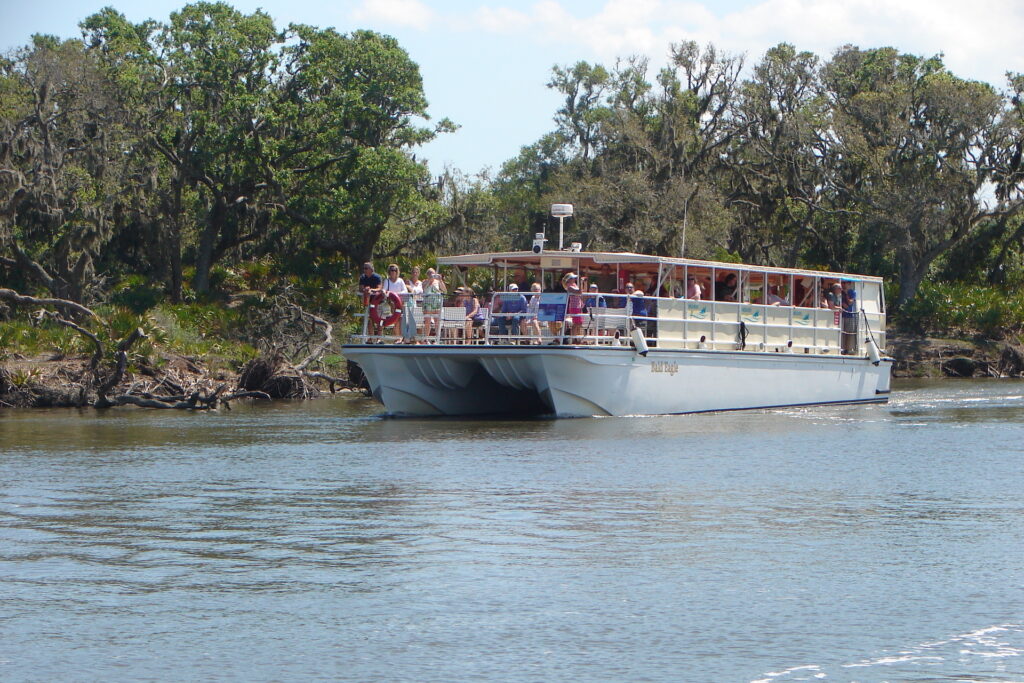
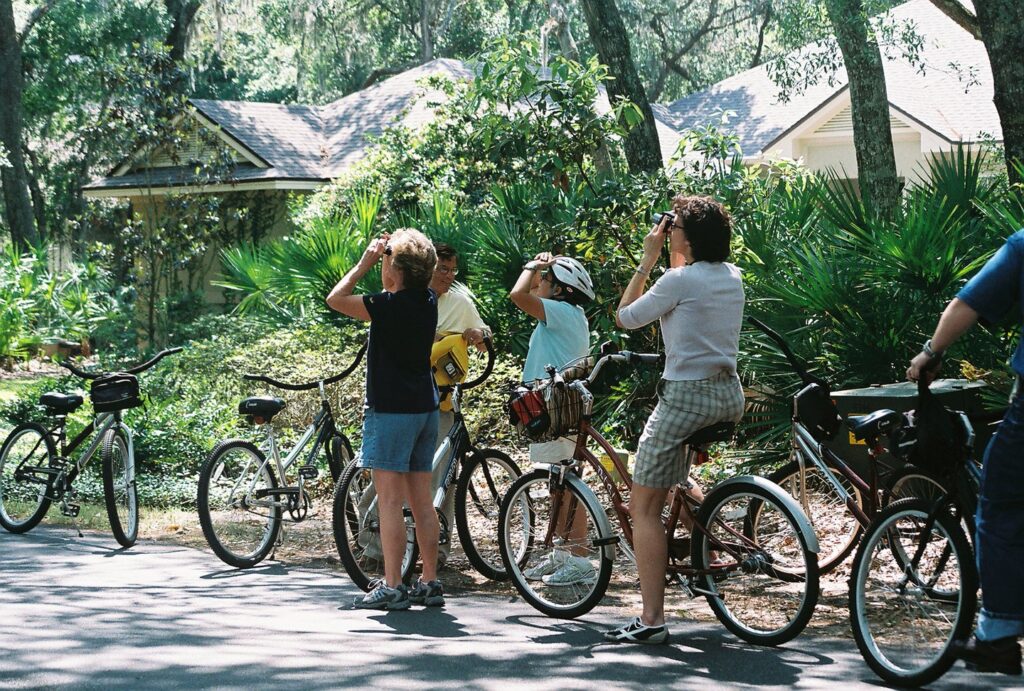
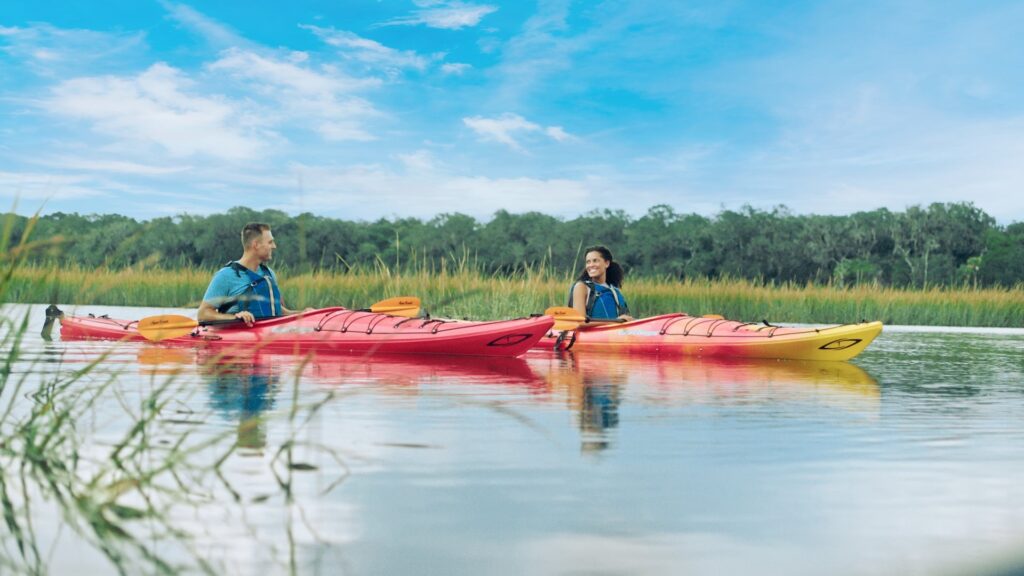
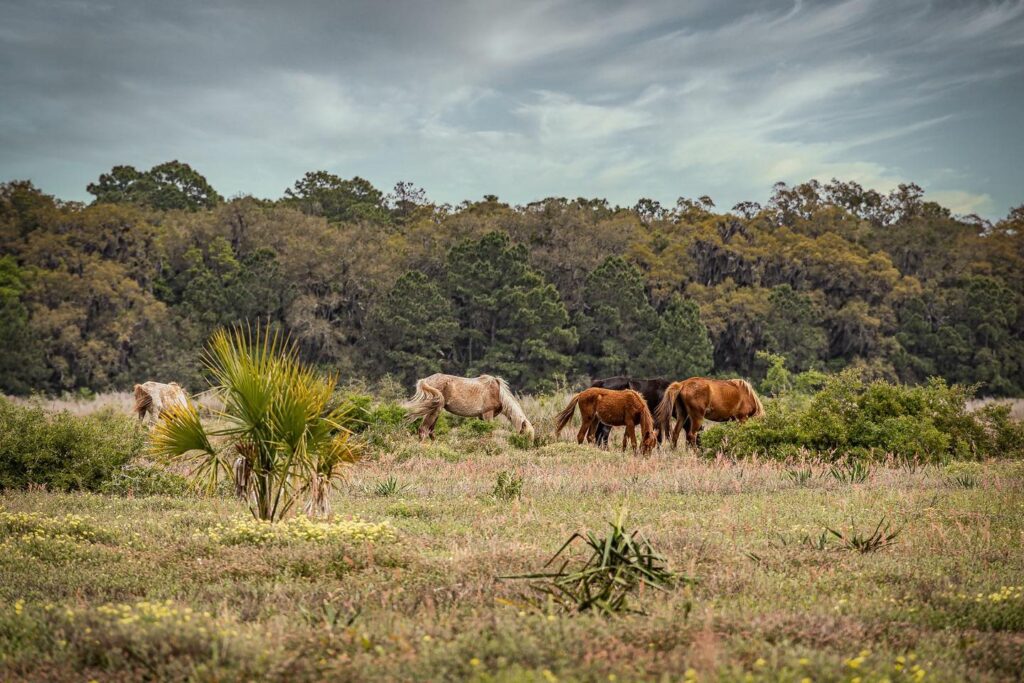
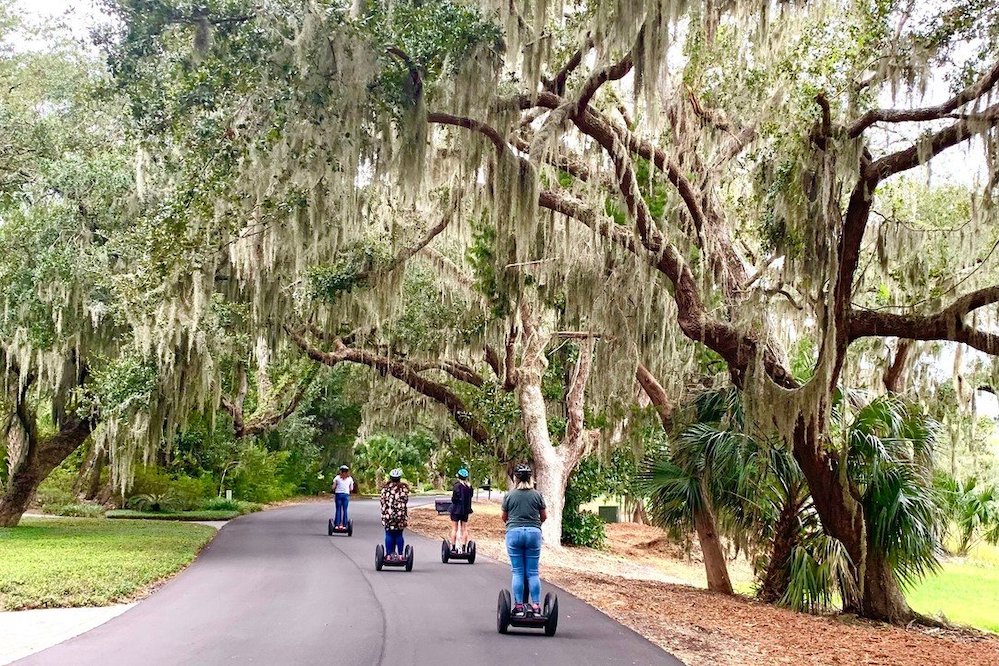
To see many of these animals in their natural habitat, try taking a tour so you can get an up-close-and-personal view of nature. Amelia River Cruises and Charters will skirt Cumberland Island for a glimpse of wild horses that have called the island home for over 200 years (since 1742). Or, take a kayak tour for sightings of bottle-nosed dolphin, manatee and other sea creatures. Take a guided Segway Tour through the flora & fauna of Omni Amelia Island Resort & Spa, originally developed “in harmony with nature” or just hop on a bike for your own tour of the “wild” side on one of the many island trails.
Whatever you do, prepare to be spellbound by the beauty that unfolds when nature takes center stage in our winter island paradise.